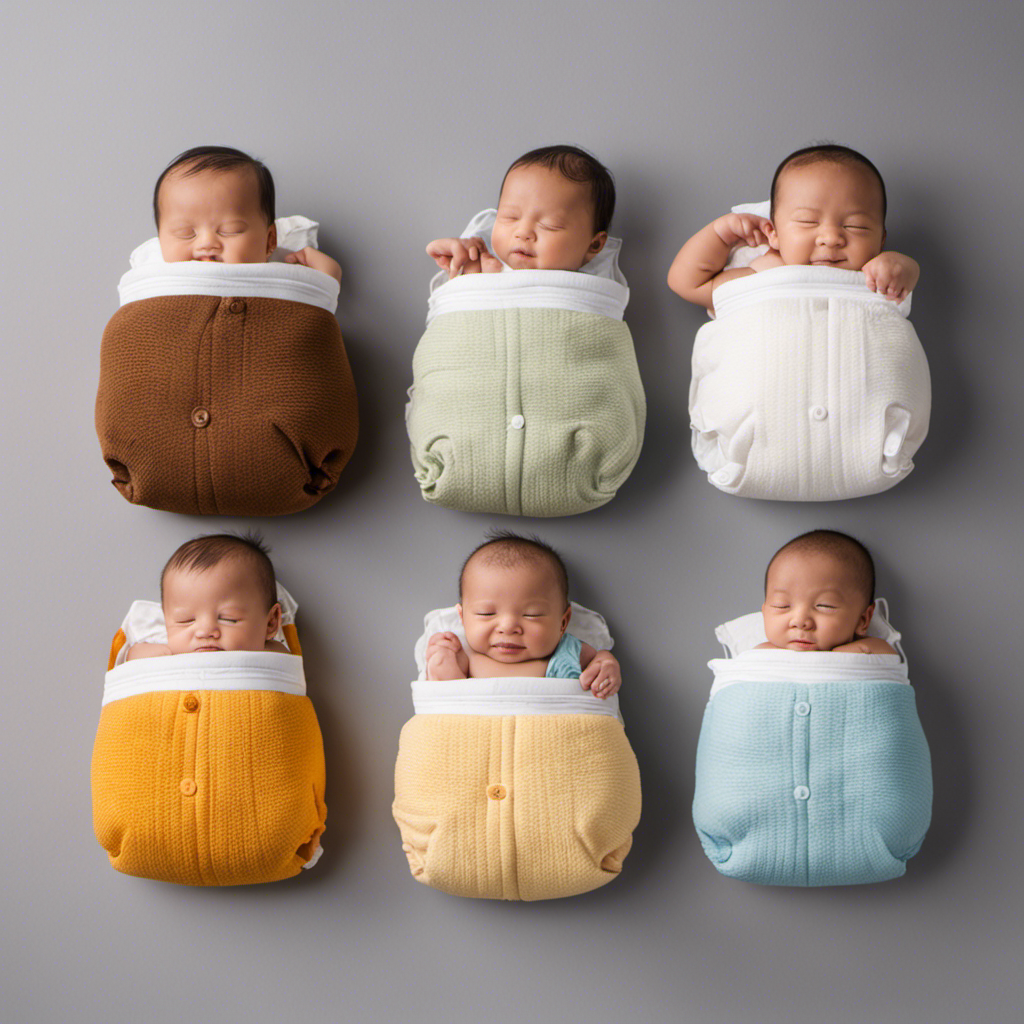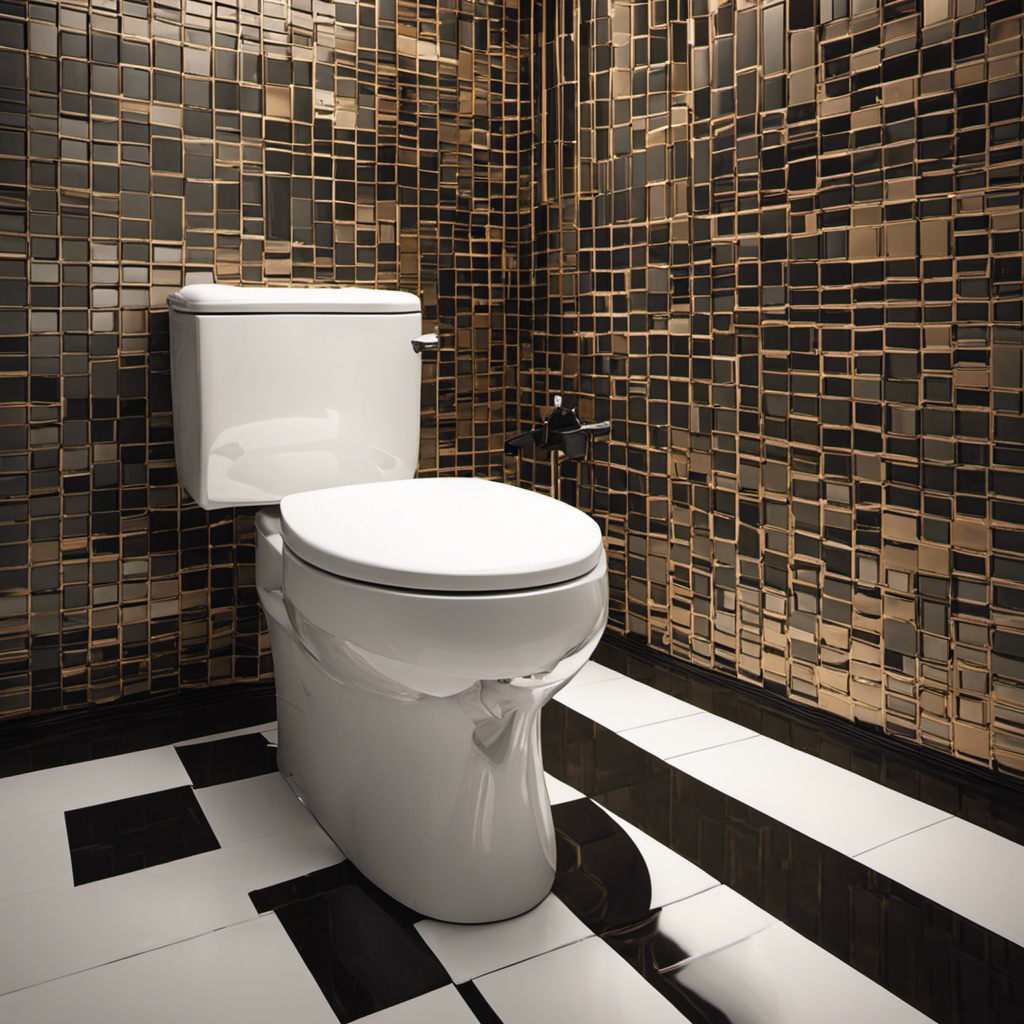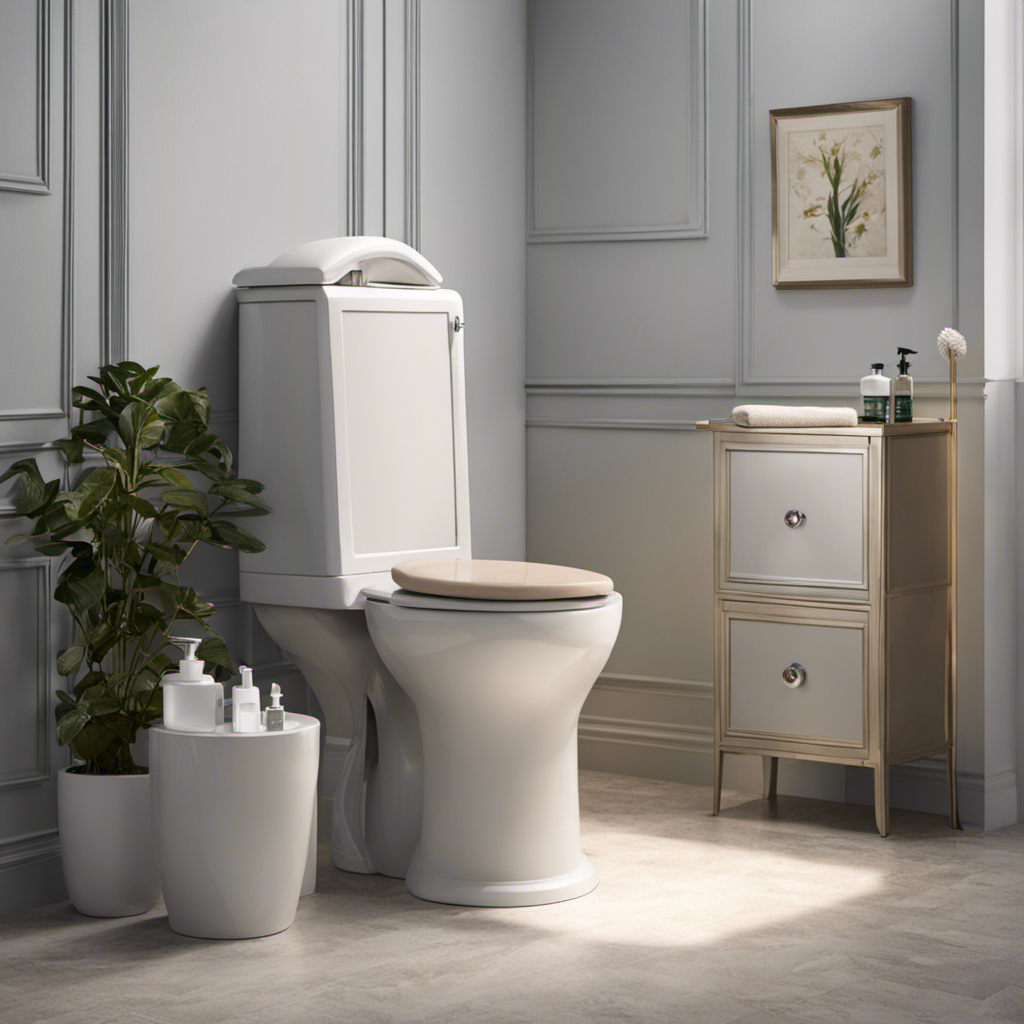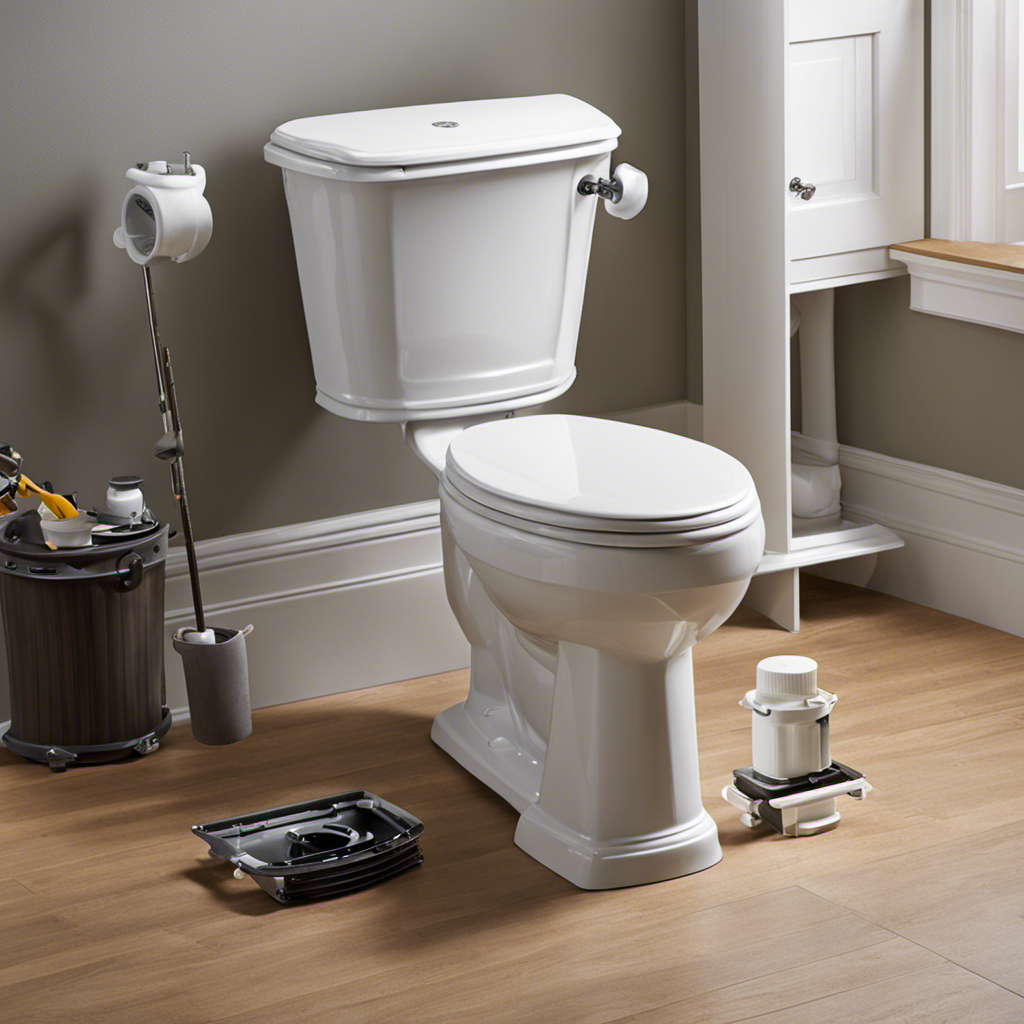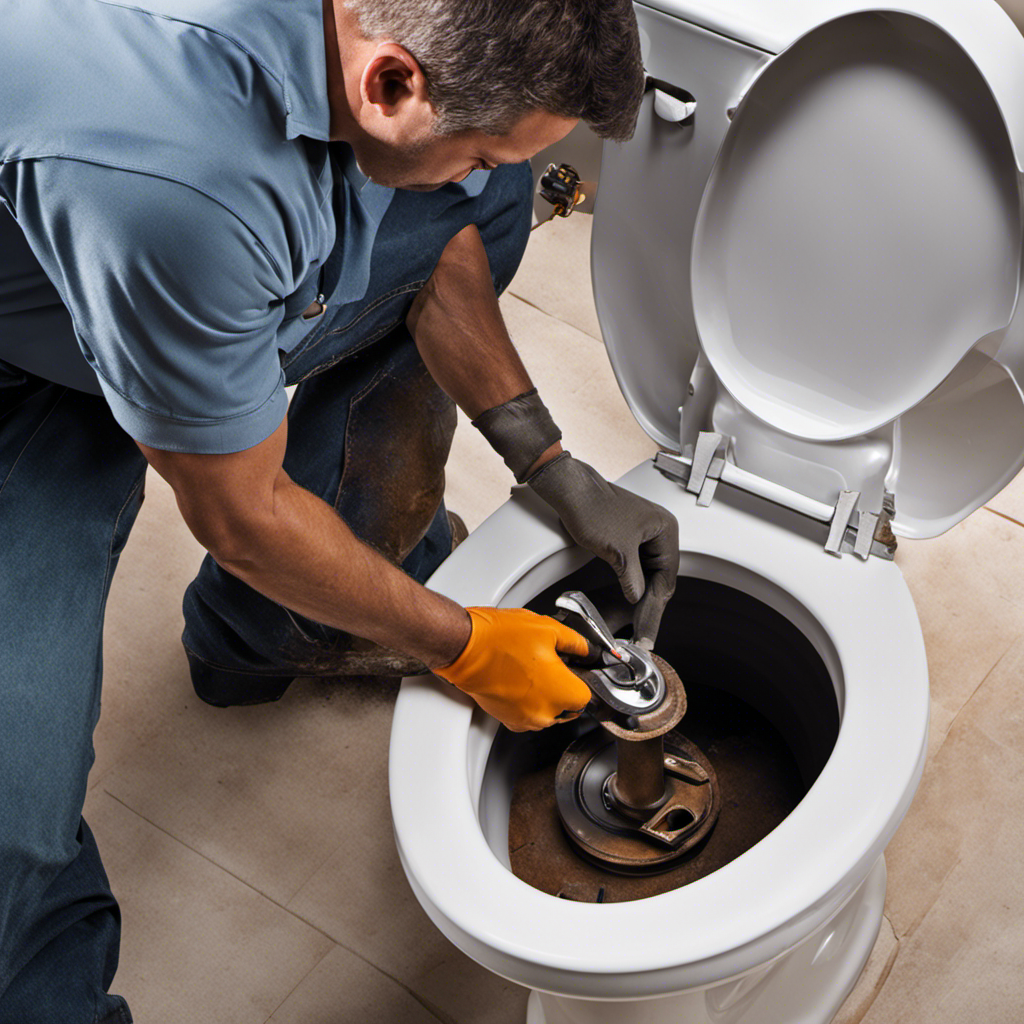From the moment my little one arrived, I realized just how many diapers would be a part of my daily routine. It’s amazing how something so small can result in so much diaper changing!
But as my baby grew, so did my understanding of his diaper needs. In this article, I’ll share practical tips and evidence-based information on how many diapers you can expect to go through from birth to toilet training.
So, let’s dive in and discover the journey of diaper usage together!
Key Takeaways
- Newborns go through a high quantity of diapers, ideally every two to three hours, due to their frequent feeding and digestion patterns.
- As babies grow, their diaper usage decreases and bladder capacity increases, resulting in around 6-8 diapers per day during the infant stage (3-12 months).
- Diaper usage significantly decreases during the toddler stage (1-3 years) as children show signs of readiness for potty training.
- To minimize diaper usage, parents can consider practices like elimination communication, using cloth diapers, proactive potty training, and reducing waste, which can also lead to long-term cost savings.
Diaper Use in the Newborn Stage
You’ll quickly realize that newborns go through a ton of diapers in the first few weeks. It’s important to have an understanding of newborn diaper sizes and how to prevent diaper rash.
Newborn diapers are specifically designed for babies weighing up to 10 pounds. These diapers have a cutout for the umbilical cord stump and provide a snug fit to prevent leakage.
To prevent diaper rash, it’s crucial to change your baby’s diaper frequently, ideally every two to three hours, or as soon as it becomes soiled. Make sure to clean the diaper area gently with warm water and mild soap, and pat dry before putting on a fresh diaper.
Now, let’s move on to discussing the diaper needs during the infant months.
Diaper Needs During the Infant Months
During the infant months, there’s a constant need for diaper changes. As a parent, I quickly learned that choosing the right diaper brand is crucial for both my baby’s comfort and preventing diaper rash.
After trying a few different brands, I found that diapers with a soft and absorbent material worked best. This helped to keep my baby dry and prevent irritation.
Additionally, I made sure to change my baby’s diaper frequently, especially after each bowel movement, to reduce the likelihood of diaper rash.
I also found that using a diaper cream or ointment with zinc oxide helped create a barrier against moisture and protected my baby’s delicate skin.
Diaper Changes as Your Baby Grows
As your baby grows, it becomes important to adapt your diaper changing routine to accommodate their needs. One aspect to consider is managing diaper rash. It’s crucial to keep the diaper area clean and dry to prevent irritation. Changing diapers frequently and using gentle wipes can help reduce the risk of diaper rash.
Another important factor is choosing the right diaper size. As your baby grows, their diaper size may change. Using the correct size ensures a proper fit, preventing leaks and discomfort. Pay attention to your baby’s weight and the manufacturer’s guidelines to select the appropriate size.
By managing diaper rash and choosing the right diaper size, you can ensure your baby’s comfort and well-being.
Now let’s explore diaper consumption in the toddler years.
Diaper Consumption in the Toddler Years
In the toddler years, it’s common for children to go through more diapers as they become more active and their bladder capacity increases. As a parent, it can be overwhelming to keep up with their diaper consumption.
Here are some practical tips to help you manage diaper storage and prevent diaper rash:
-
Stock up on diapers: Make sure you have enough diapers on hand to last for a few days. This will save you from constant trips to the store.
-
Organize your diaper storage: Keep your diapers in a designated area that is easily accessible. Use bins or shelves to keep them organized and within reach.
-
Use diaper rash prevention techniques: Change your toddler’s diaper frequently, especially after they’ve had a bowel movement. Apply a diaper rash cream or ointment to create a protective barrier on their skin.
-
Give diaper-free time: Allow your toddler to have some diaper-free time to let their skin breathe and reduce the risk of diaper rash.
Managing Diaper Usage During Potty Training
To effectively manage your toddler’s transition to using the toilet, it’s important to provide plenty of encouragement and positive reinforcement. Potty training can be a challenging time for both parents and toddlers, but there are several techniques that can help make the process smoother.
One important technique is to establish a routine and schedule for toilet visits. By taking your child to the bathroom at regular intervals, you can help them learn to recognize when they need to go.
Another helpful technique is to gradually transition from diapers to underwear. Start by letting your child wear underwear during the day while still using diapers at night and during naps. As they become more comfortable and successful with using the toilet, you can gradually eliminate the use of diapers altogether.
Remember to be patient and provide lots of praise and encouragement for each successful attempt.
Factors Affecting Diaper Quantity
As a parent, I’ve found that understanding how age and growth, diaper changing frequency, and diaper absorbency levels can affect diaper quantity is crucial.
Babies go through different growth stages, which can impact their diaper size and usage.
Additionally, the frequency of diaper changes varies depending on the age and individual needs of the baby.
Lastly, choosing diapers with high absorbency levels can help prevent leaks and provide comfort for the baby.
Age and Growth
From birth to toilet training, a child’s age and growth greatly impact the number of diapers they go through. As a parent, I have witnessed firsthand how the diaper needs of my child have changed over time. Here are some key age milestones to consider when it comes to diapering:
-
Newborn stage (0-3 months): During this stage, babies typically go through 8-12 diapers per day due to their frequent feeding and digestion patterns.
-
Infant stage (3-12 months): As babies grow older, their bladder capacity increases, reducing the number of diaper changes to around 6-8 per day.
-
Toddler stage (1-3 years): By the time children reach this stage, they start showing signs of readiness for potty training. Diaper usage decreases significantly as they transition to using the toilet.
-
Toilet training (3+ years): Once children are fully toilet trained, the need for diapers diminishes, and they become a thing of the past.
It’s important to keep in mind that diaper sizes also change as your child grows. As they gain weight and reach certain milestones, you may need to switch to larger sizes for a better fit. Understanding your child’s age and growth can help you navigate the diapering journey more effectively.
Diaper Changing Frequency
During the newborn stage, babies typically go through a high number of diaper changes due to their frequent feeding and digestion patterns. As a parent, I quickly learned the importance of proper diaper changing techniques to ensure my baby’s comfort and prevent diaper rash.
Firstly, it is crucial to have all the necessary supplies within reach, such as diapers, wipes, and diaper rash cream.
Secondly, I make sure to clean my baby’s bottom thoroughly but gently, using fragrance-free wipes or warm water and a soft cloth.
Lastly, I always apply a thin layer of diaper rash cream to protect my baby’s skin from irritation.
Diaper Absorbency Levels
You’ll want to consider the absorbency levels of the diapers you choose to ensure your baby stays dry and comfortable throughout the day. When it comes to diaper brands, some offer better absorbency than others.
Here are four key factors to consider when evaluating diaper absorbency:
-
Core Technology: Look for diapers with a highly absorbent core that can lock away moisture and keep your baby’s skin dry.
-
Size and Fit: A diaper that fits snugly around your baby’s waist and legs will help prevent leaks and keep them dry for longer periods.
-
Wetness Indicator: Some diaper brands have a color-changing strip that lets you know when it’s time for a change, helping to prevent prolonged exposure to wetness.
-
Breathability: Opt for diapers that are breathable to allow for proper airflow and reduce the risk of diaper rash.
Tips for Minimizing Diaper Usage
One way to minimize diaper usage is by practicing elimination communication. This method involves observing your baby’s cues and signals for when they need to eliminate and offering them a designated place, such as a potty or toilet, to do so. By doing this, you can reduce the number of diapers used and, in turn, reduce waste.
Another practical tip is to consider using cloth diapers instead of disposable ones. Cloth diapers can be reused multiple times, reducing the amount of waste generated. They are also a more cost-effective option in the long run.
Additionally, being proactive about potty training can help minimize diaper usage. Starting the process early and gradually transitioning your child to using the toilet can significantly reduce the number of diapers needed.
Conclusion
In conclusion, it’s safe to say that diapers have become a significant part of my life. From the moment my little one entered this world, they have been a constant companion.
Countless diaper changes, endless trips to the store, and an impressive amount of waste have all become the norm. But hey, who needs sleep or a social life when you can be the proud owner of a diaper mountain?
So, here’s to all the parents out there, embracing the irony of our diaper-filled lives. Cheers!
